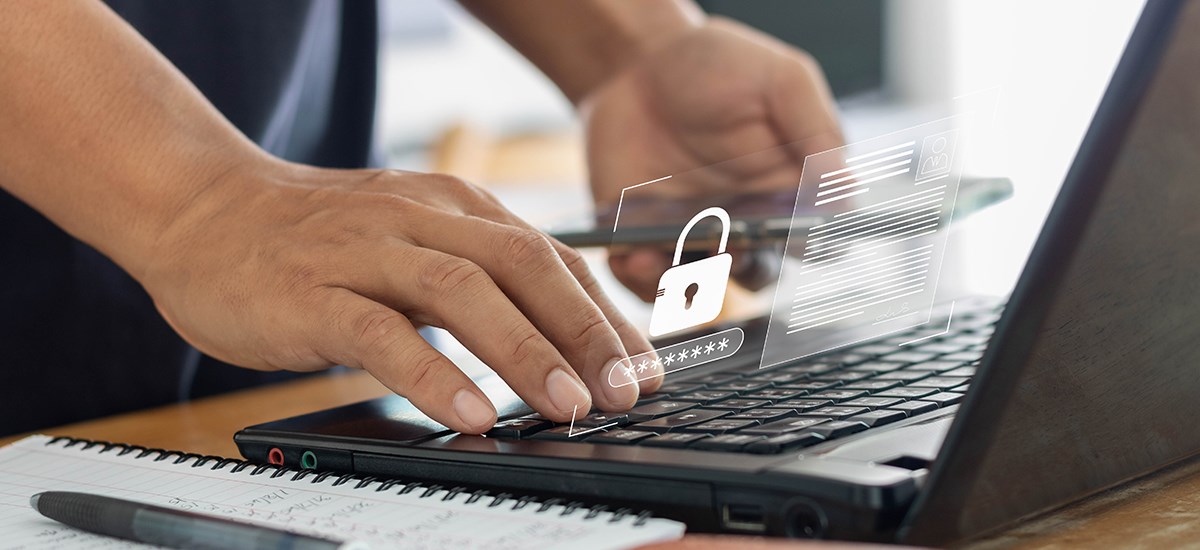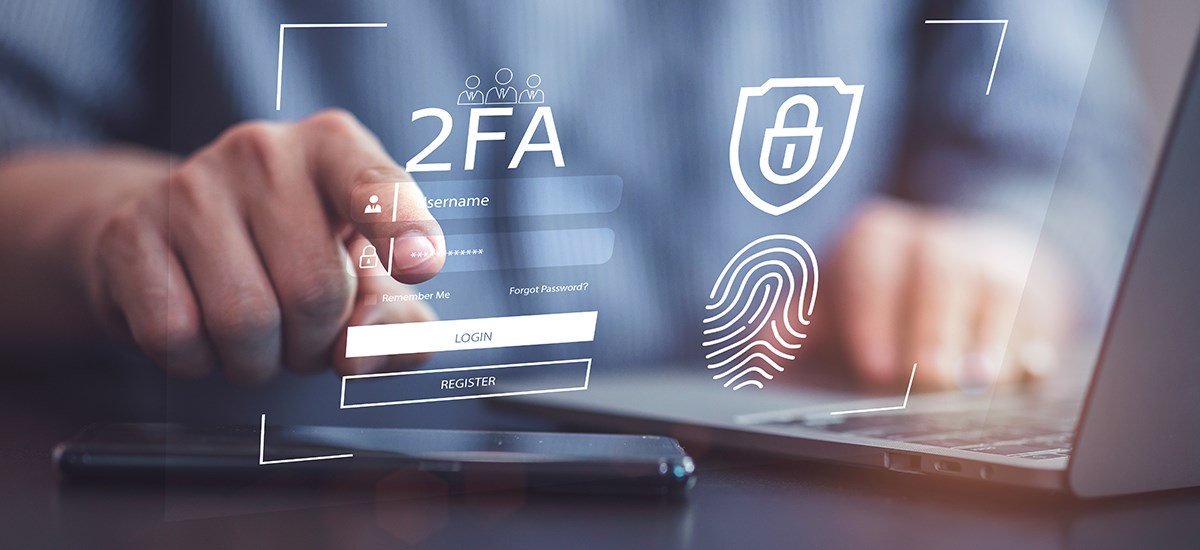
As technology advances, the importance of internet security has never been greater. Corporate and personal information is at risk of being compromised as cyber attacks become more sophisticated. To secure information, IT administrators and tech-savvy consumers must implement stringent security procedures. Security keys and password managers are two of the most effective techniques for this. In this article, we will explore the power of security keys and password managers, including how security keys work, the benefits of using password managers, enabling two-factor authentication (2FA), securing backup and recovery options, and the impact of biometrics on authentication methods.
Security Keys: Protecting Personal Information
Security keys are physical devices that provide an additional layer of protection to online accounts. They work by using FIDO (Fast Identity Online) and FIDO2 protocols to enable two-factor authentication (2FA) without the need for a password. FIDO2 is an open standard that has been developed by the FIDO Alliance, a consortium of tech companies including Google, Microsoft, and Yubico, among others. FIDO2 allows users to authenticate their identity using security keys, biometrics, or a combination of both.
Security keys are easy to use and affordable. They plug into a USB port, and the user simply taps a button on the security key to authenticate his or her identity. Kensington’s VeriMark™ Fingerprint Key is an excellent example of a security key that uses biometrics to enhance online security. This key allows users to log in to their online accounts using their fingerprint, providing an extra layer of security that is unique to the user.

Password Managers: Keeping Passwords Secure
Password managers are another essential tool for online security. They allow users to generate and store complex passwords securely. Password managers work by creating a unique, complex password for each website or application and storing them in an encrypted database. Users can then access their passwords using a master password or biometric authentication.
One of the biggest benefits of using a password manager is the ability to create strong, unique passwords for each account. This helps prevent password reuse, which is a common cause of data breaches. Additionally, password managers can help users save time by auto-filling login credentials and syncing across multiple devices.
There are several popular password manager tools available in the market today, including LastPass, Dashlane, and 1Password.
- LastPass offers features such as automatic password changing, multi-factor authentication, and secure sharing of passwords with trusted associates. Additionally, LastPass offers a security challenge feature that analyzes users' passwords and provides recommendations to improve security.
- Dashlane, on the other hand, offers a password changer that automatically updates passwords on websites and applications, as well as a VPN that encrypts users' internet traffic. Dashlane also includes a dark web monitoring feature that alerts users if their personal information appears on the dark web.
- 1Password offers a Watchtower feature that alerts users of data breaches and compromised websites. Additionally, 1Password offers a Travel Mode feature that temporarily removes sensitive information from the device while traveling and restores it upon return.
While each password manager tool has its unique features and benefits, they all offer robust security measures to keep passwords secure. Overall, these password manager tools can help users generate strong and unique passwords, auto-fill login credentials, and sync passwords across multiple devices, which can save time and enhance online security. In addition, some biometric security keys, such as the VeriMark™ Fingerprint Key, can be used with various password managers to provide biometric authentication, adding an extra level of protection to online accounts to reduce unauthorized access.

Enabling Two-Factor Authentication (2FA)
Two-factor authentication (2FA) is an additional security measure that can be enabled on online accounts to enhance security. It requires users to provide two pieces of evidence to authenticate their identity, such as a password and a security key, or a password and a biometric factor such as a fingerprint or face scan. By requiring two separate forms of authentication, 2FA adds an extra layer of security that makes it more difficult for hackers to gain access to accounts.
2FA can be enabled on a wide range of online accounts, including email, social media, banking, and shopping websites. When enabled, users will typically receive a code via text message or through a dedicated authentication app, such as Google Authenticator, Microsoft Authenticator, or Authy. This code is required in addition to the user's password to log in to the account.
Enabling 2FA adds an extra layer of security and helps prevent unauthorized access to accounts. Even if a hacker manages to obtain a user's password, they will still need the second factor to gain access to the account. This means that even if a user's password is compromised in a data breach or phishing attack, their account will still be protected by the second factor.
2FA is a simple and relatively easy step that can significantly reduce the risk of unauthorized access to online accounts, and it should be enabled on all online accounts that support it.
Securing Backup and Recovery Options
Having backup and recovery options is essential for password managers and security keys, as they ensure that users can regain access to their accounts in case of lost or stolen devices, forgotten master passwords, or other unforeseen circumstances.
Most password managers offer various backup and recovery options to allow users to regain access to their accounts. For example, some password managers provide a recovery code that users can use to reset their master password. Other password managers allow users to reset their master password using their email address or phone number. Some password managers also offer backup and sync options that allow users to store their password database in the cloud, which can be accessed from any device with an internet connection.
Similarly, security keys also come with backup and recovery options to ensure that users can regain access to their accounts if their security key is lost or stolen. For example, some security keys come with a backup key that can be used in case the primary key is lost or stolen. Other security keys allow users to register multiple devices as backup keys.
It is important to have backup and recovery options in place for password managers and security keys—and periodically review and update them to ensure that they are up to date.
Impact of Biometrics on Authentication Methods
Biometric authentication methods, such as fingerprints and facial recognition, are increasingly popular as they offer a convenient and secure way to authenticate identity without needing to remember passwords. Biometric authentication uses unique physical characteristics to verify the identity of the user, which makes it more difficult for hackers to gain unauthorized access to accounts.
Since FIDO2 allows users to authenticate their identity using security keys, biometrics, or a combination of both, users can use biometric authentication methods, such as fingerprints or facial recognition, to log in to their online accounts—which is more secure than using passwords alone.

Security keys, such as Kensington's VeriMark™ Fingerprint Key, use biometric authentication to enhance online security. These keys allow users to log in to their online accounts using their fingerprint, which provides an extra layer of security that is unique to the user. This means that even if a hacker obtains a user's password, they will not be able to access the account without the user's fingerprint.
Overall, biometric authentication methods offer a convenient and secure way to authenticate identity without needing to remember passwords. With the FIDO2 protocol supporting biometric authentication, and security keys using biometric authentication to enhance online security, IT managers and tech-savvy consumers should consider using biometric authentication methods to further enhance their online security.
Conclusion
Security keys and password managers are essential tools for securing information online. They provide an additional layer of protection against cyber attacks and help prevent unauthorized access to online accounts. IT managers and tech-savvy consumers should use security keys and password managers to enhance their online security. Additionally, enabling 2FA, securing backup and recovery options, and leveraging biometrics for authentication can further enhance online security. By adopting these security measures, individuals can protect their personal information and reduce the risk of cyber attacks.
Kensington offers a line of world-class biometric security products that provide substantially higher assurance for security-conscience consumers and enterprise customers. If you are ready to secure your IT infrastructure but are unsure of the best way to protect your data, our team is here to help.
Learn more about Kensington’s Biometric Security Solutions
